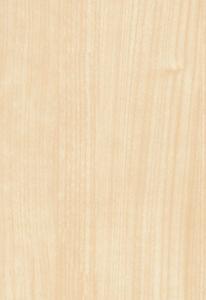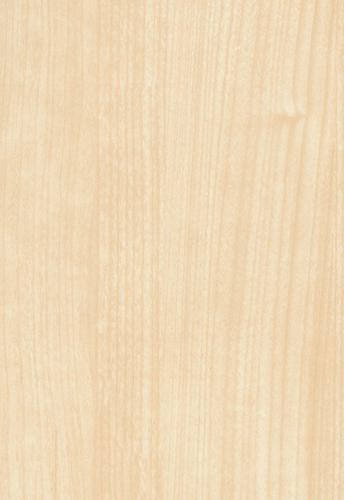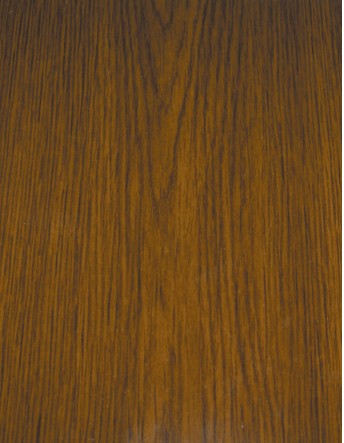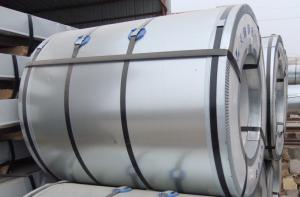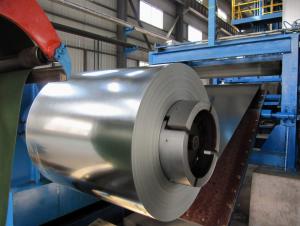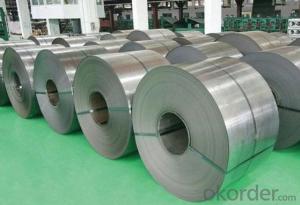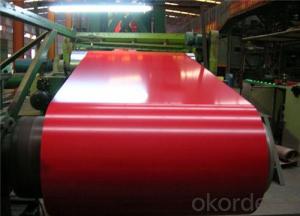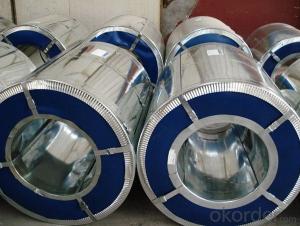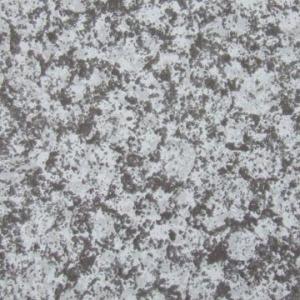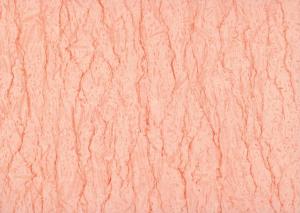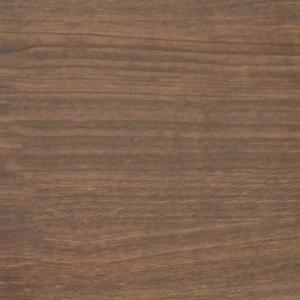Pre-painted Galvanized Steel Coil-JIS G 3312-wooden pattern7
- Loading Port:
- Shanghai
- Payment Terms:
- TT OR LC
- Min Order Qty:
- -
- Supply Capability:
- 4000吨 m.t./month
OKorder Service Pledge
OKorder Financial Service
You Might Also Like
Pre-painted Galvanized Steel Coils/ PPGI/GI
I Specifications:
1.Thickness:0.16-2.0mm
2.Width:600-1500mm
3.Material: SGCC,SGCD,SECC,SECD,DX51D+Z
4.Zinc coating:40-275G/M2
5.Surface Structure: galvanized ,zero spangle, regular spangle or normal spangle
6.Surface treatment: chromated and oiled, chromated and non-oiled
7.Color:all RAL series
II Main characteristics :
1.strong corrosion resistance
2.surface quality
3.conducive to deep processing,such as the embossed PPGI,printed PPGI&punching PPGI
4.economy and practicality
III Applications:
Household Appliance:
1.Refrigerator shutter &side panels, Washer, Freezers, Air conditions,
2.Rice Cooker, Microwave Ovens, Water Heaters, Sterilization Cabinets, Range Hoods
3.Computer Panels , DVD/DVB panels, TV back panel etc.
Teaching Board: whiteboard, blackboard, green board(chalk board).
Indoor Decoration: Fireproof Door, kitchen cabinet, wall decoration.
Shipping Industries: Ship, Fecht, Marine.
Elevator/Medical Equipment/Rubbish Bin.
Thickness:0.17mm-0.8mm
Width:600mm-1250mm
Prepainted Galvanized Steel Coil
- Q: were iron age weapons made of steel?
- Even in very early iron, a small amount of steel was produced by carburization, where the iron picks up carbon by laying in hot coals before quenching. This produces a thin layer of steel on the surface of the iron. By about 300 BC Damascus steel was being produced by the crucible method on the Indian subcontinent, and the Romans used steel from Noricum. In the first century BC the Chinese were melting cast iron and wrought iron together to make steel.
- Q: How are steel coils used in the construction of bridges?
- Steel coils are used in the construction of bridges primarily for their strength and durability. They are shaped and welded into various structural components, such as beams and girders, which provide support and stability to the bridge structure. Steel coils also serve as reinforcement in concrete structures, enhancing their load-bearing capacity. Additionally, steel coils are used for manufacturing bridge decks, guardrails, and other essential elements that contribute to the overall strength and longevity of the bridge.
- Q: How do steel coil manufacturers handle product recalls?
- Steel coil manufacturers handle product recalls by following a systematic process. Firstly, they identify the specific batches or lots of steel coils that need to be recalled based on quality or safety concerns. Then, they promptly notify their distributors, customers, and regulatory authorities about the recall, providing all relevant information. The manufacturers work closely with these stakeholders to ensure that the affected coils are returned or replaced. Additionally, they investigate and address the root cause of the issue to prevent similar recalls in the future, implementing necessary quality control measures and process improvements.
- Q: What are the typical coil width options?
- The typical coil width options vary depending on the industry and application, but common options range from 1 inch to 72 inches or more.
- Q: Will a 1 inch thick A36 steel target withstand a 7.62x54r round?
- Yes, most definitely. Just make sure it's full and don't have air inside lol. You can tell it's full by it being heavy. I've seen bullet tests on TV and I'm like 100% positive it's gonna withstand. But no, you can't use it as bullet-proof vest, because it's HEAVY!! You can see on Youtube. 1 inch legitimate steel would stop even a 50 cal
- Q: What are the common thicknesses available for steel coils?
- The common thicknesses available for steel coils vary depending on the specific application, but they typically range from 0.5mm to 25mm.
- Q: I am trying to make a homemade fender eliminator for my motorcycle and the instructions from the site I found said to use 22 gage weld steel. I went to lowes and all they had was 26 gage sheet metal. What is the difference between the two? Is weld steel less flexible?
- 22 gauge steel is thicker than 26 gauge steel. They are saying weld steel but actually mean black steel(mild steel) not galvanized. You will be hard pressed to find 22 gauge black steel unless you go to a local sheet metal shop or go online to find it. The big box stores most likely will not carry 22 ga. black steel. Also not many sheet metal shops don't carry sheet metal that thin unless it is galvanized. Try searching online for 22 gauge mild steel, or black steel, or let your fingers do the walking and try a couple of local metal or welding shops.
- Q: What are the different types of steel coil grades?
- There are several different types of steel coil grades used in various industries and applications. Some of the most common steel coil grades include: 1. Carbon Steel: This is a basic type of steel that contains mostly iron and carbon. It is widely used in construction, automotive, and manufacturing industries due to its high strength and durability. 2. Stainless Steel: This type of steel contains chromium, which provides corrosion resistance and makes it suitable for applications that require resistance to oxidation and staining. It is commonly used in the food processing, chemical, and medical industries. 3. High-Strength Low-Alloy (HSLA) Steel: HSLA steel contains small amounts of alloying elements such as copper, phosphorus, niobium, and vanadium. This type of steel offers higher strength and better mechanical properties compared to carbon steel, making it suitable for structural applications. 4. Galvanized Steel: Galvanized steel is coated with a layer of zinc to protect it from corrosion. It is commonly used in outdoor applications, such as roofing, fencing, and automotive parts. 5. Electrical Steel: Also known as silicon steel, electrical steel has high magnetic permeability, low electrical conductivity, and low core loss. It is used in the production of transformers, motors, and other electrical equipment. 6. Tool Steel: Tool steel is a high-carbon steel that is specifically designed for making tools and dies. It has excellent hardness, wear resistance, and toughness, making it suitable for cutting, forming, and shaping materials. These are just a few examples of the different types of steel coil grades available. Each grade has its own unique properties and characteristics, making it suitable for specific applications in various industries.
- Q: What are the potential dangers of handling steel coils?
- There are numerous hazards that come with handling steel coils. To begin with, improper handling of steel coils can result in physical injuries. If not handled correctly, the weight of the coils can cause strains, sprains, or even more severe injuries. This is particularly true when using manual lifting equipment or when attempting to move the coils without proper training or assistance. Moreover, steel coils often have sharp edges or protruding parts that can lead to cuts or puncture wounds if not handled with caution. These sharp edges can be especially dangerous when manipulating or positioning the coils during transportation or storage. It is vital to wear suitable personal protective equipment, such as gloves, to minimize the risk of injury. Additionally, steel coils can become unstable if not adequately secured or balanced. Poor stacking or storage practices can result in the coils shifting or falling, potentially causing serious harm or damage. It is imperative to adhere to proper stacking and storage procedures, including the use of appropriate equipment and supports, to ensure stability and prevent accidents. Furthermore, steel coils are often stored in areas with limited space or uneven surfaces, increasing the risk of trips, falls, or collisions. It is essential to maintain clear and well-organized storage areas, free of obstacles or hazards, to reduce the likelihood of accidents. Lastly, steel coils can be susceptible to corrosion or rust, which can weaken the metal and compromise their structural integrity. This can heighten the risk of the coils collapsing or breaking during handling, potentially causing injuries or property damage. Regular inspections and maintenance of the coils, as well as proper storage in dry and well-ventilated areas, can help mitigate this risk. Overall, the potential dangers associated with handling steel coils encompass physical injuries from their weight and sharp edges, instability during transportation or storage, accidents due to limited space or uneven surfaces, and the risk of structural failure due to corrosion or rust. It is crucial to adhere to proper safety protocols, receive adequate training, and utilize the necessary equipment to minimize these risks and ensure the safe handling of steel coils.
- Q: How are steel coils used in the manufacturing of automotive suspension systems?
- Steel coils are used in the manufacturing of automotive suspension systems as they provide the necessary support and stability to withstand the weight and movement of the vehicle. These coils are typically shaped into springs and installed in the suspension system to absorb shocks, maintain proper ride height, and improve overall handling and comfort for the driver and passengers.
Send your message to us
Pre-painted Galvanized Steel Coil-JIS G 3312-wooden pattern7
- Loading Port:
- Shanghai
- Payment Terms:
- TT OR LC
- Min Order Qty:
- -
- Supply Capability:
- 4000吨 m.t./month
OKorder Service Pledge
OKorder Financial Service
Similar products
Hot products
Hot Searches
Related keywords
